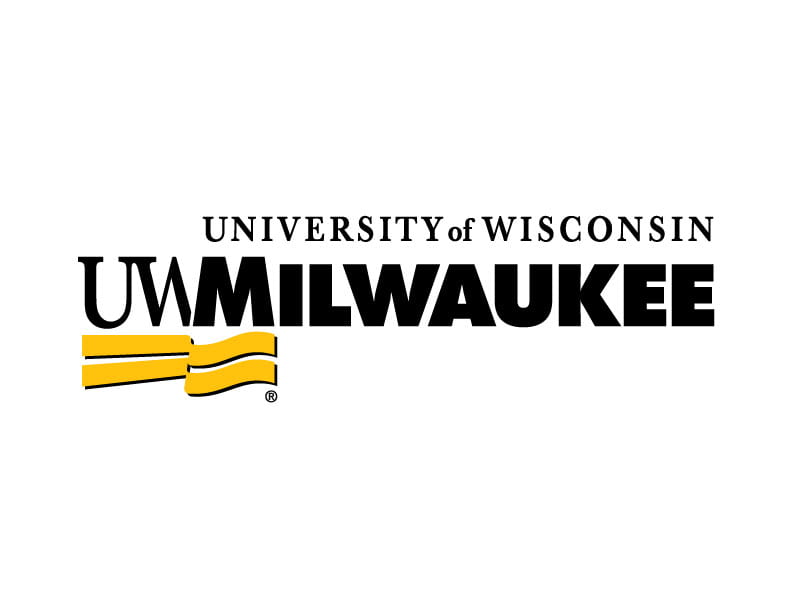There is currently no standard method for quantification of SARS-CoV-2 RNA in wastewater. As such, public health and environmental laboratories are monitoring wastewater for SARS-CoV-2 RNA using a variety of existing methods, and each method is still being assessed for suitability to detect and quantify SARS-CoV-2 RNA in wastewater influent and primary solids (i.e. sludge). All methods generally share the following three steps: (1) virus concentration (this step may be excluded when virus levels are expected to be high), (2) RNA extraction, and (3) RT-qPCR or RT-ddPCR to detect and quantify SARS-CoV-2 RNA. Because there is no standard method, any lab performing wastewater surveillance must provide transparent methods and appropriate controls/quality assurance, including information on the concentration method if used, equivalent sample volume analyzed, percent virus recovery, assay used, RT and PCR standards used, raw and final data, limits of detection, and limits of quantification. For quality control, all methods should include, at a minimum, blank, recovery, and inhibition controls.



